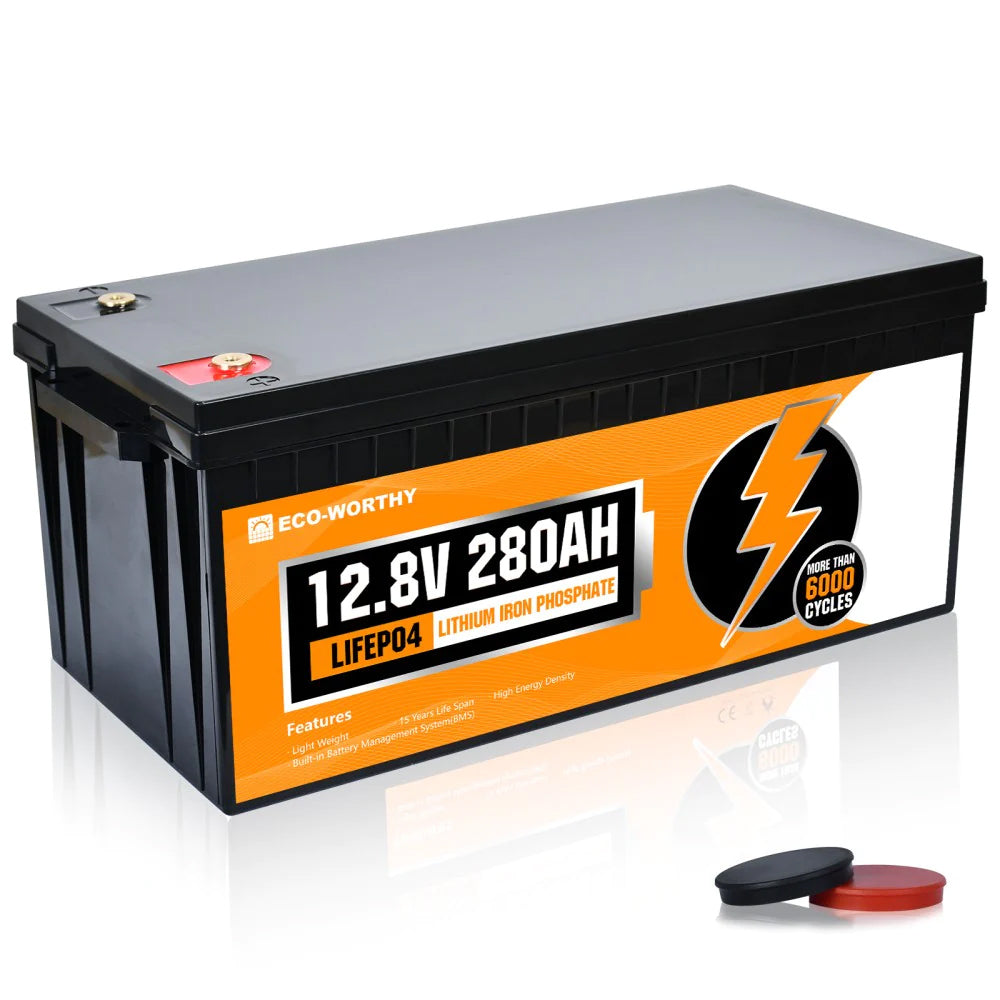The lithium-ion battery has revolutionised the way we store and use energy. From powering our smartphones to electric vehicles, this technology has become integral to modern life. But how did we arrive at this point? In this article, we will explore the evolution of lithium-ion batteries, their components, and their future potential.

Understanding the Lithium-Ion Battery
A lithium-ion battery is a type of rechargeable battery that relies on the movement of lithium ions between the anode and cathode. This process occurs during charging and discharging, allowing for efficient energy storage. The key components of a lithium-ion battery include:
- Anode: Typically made of graphite, it stores lithium ions during charging.
- Cathode: Often composed of lithium metal oxides, it releases lithium ions during discharge.
- Electrolyte: A lithium salt in a solvent that facilitates ion movement.
- Separator: A porous membrane that prevents short circuits while allowing ion flow.
The Historical Context of Lithium-Ion Technology
The journey of the lithium-ion battery began in the 1970s, with significant advancements made in the 1990s. The first commercial lithium-ion battery was introduced by Sony in 1991, marking a pivotal moment in energy storage technology. Since then, the demand for more efficient and powerful batteries has driven innovation in materials and design.
Key Milestones in Lithium-Ion Battery Development
- 1970s: Initial research into lithium-based batteries.
- 1991: Sony launches the first commercial lithium-ion battery.
- 2000s: Widespread adoption in consumer electronics.
- 2010s: Growth in electric vehicle applications.
Applications of Lithium-Ion Batteries
Today, the lithium-ion battery is ubiquitous across various sectors. Its lightweight and high energy density make it ideal for:
- Consumer Electronics: Smartphones, laptops, and tablets.
- Electric Vehicles: Powering cars, buses, and bikes.
- Renewable Energy Storage: Storing energy from solar and wind sources.
As technology continues to advance, the potential applications of lithium-ion batteries are expanding. For instance, innovations in battery management systems are enhancing performance and lifespan.
The Future of Lithium-Ion Batteries
Looking ahead, the future of the lithium-ion battery appears promising. Researchers are exploring alternatives such as solid-state batteries, which could offer even greater energy density and safety. Additionally, recycling technologies are being developed to reclaim valuable materials, reducing environmental impact.
For those interested in investing in this technology, consider exploring options available at . Understanding the evolution and potential of lithium-ion batteries is crucial for anyone involved in energy storage solutions.
In conclusion, the lithium-ion battery has transformed energy storage, enabling advancements in technology and sustainability. As we continue to innovate, the role of these batteries in our daily lives will only grow stronger.








